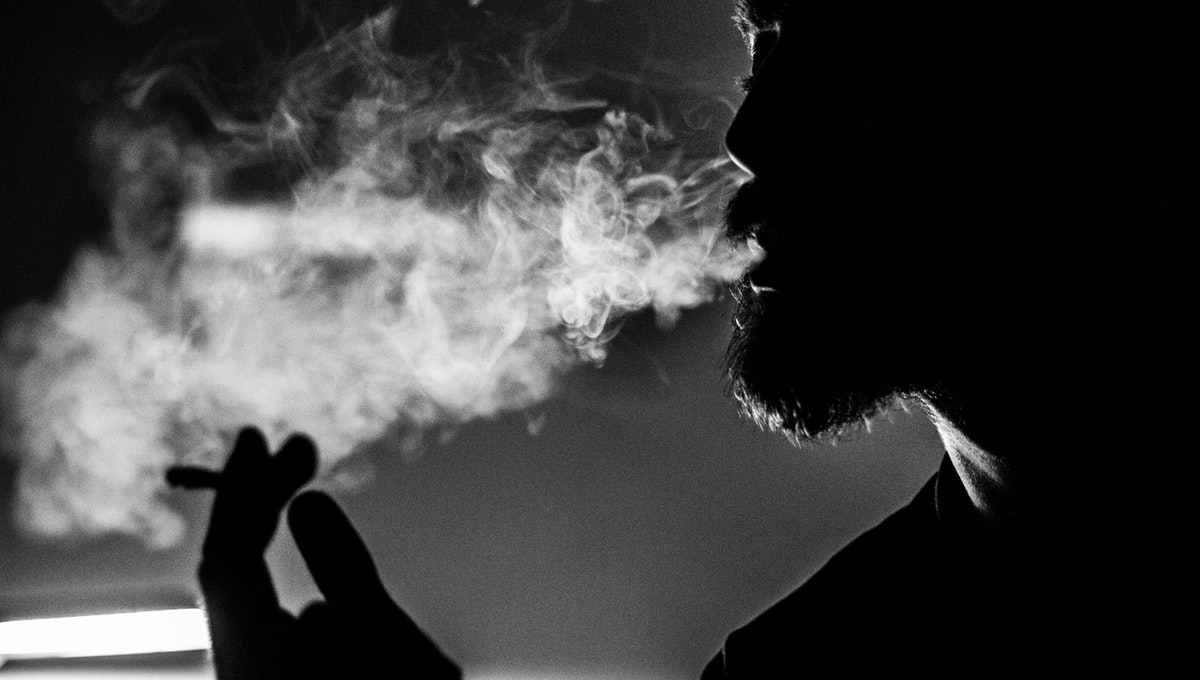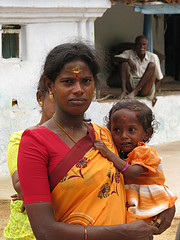Bidis: The Indian Cigarette

A woman bends over her wooden kitchen table. Her black hair is tied back, and her brown hands hold a tendu leaf filled with flakes of sun-dried tobacco. She casually lifts the sides of the small leaf, forcing the dark tobacco to slide into its centre.
Carefully, but easily, the woman quickly rolls the leaf into a small twig-like cigarette. She secures her creation with a pink string and adds it to the pile forming by her left hand.
What this woman has made is a bidis (also spelled beedis, beedus, beedies and biri): a slim, hand-rolled, unfiltered, Indian-style cigarette.
Bidis are typically created by women and children, and constitute a steady form of income for many Indian families. For every cigarette sold in India, eight bidis are sold. This popular form of smoking has entranced and drawn curious Indian customers since the early eighteenth century.
More recently, bidis have taken on a number of different dessert-like flavours including chocolate, vanilla, cherry, licorice, and mango. These “normal” flavours create a greater acceptance towards bidis, especially among the younger generation. Because of the acceptance surrounding bidis, the glaring health effects of the unfiltered tobacco flakes often go overlooked.
Role of Women and Children in the Bidis Industry
Bidi production is a cottage industry involving women and children who often work from their own homes. “Women and children are primarily engaged in filling tendu leaves with tobacco, rolling bidis and tying threads, tasks that demand patience, persistence and nimble fingers.”
Some women discover rolling bidis to be their full time occupation, rolling up to 1200 bidis during an 8 to 12 hour day.
Though men essentially control the bidi industry – bidi rolling is often dubbed as “women work” and fills long days for thousands of Indian women. Children also find themselves involved in bidis production. The Child Labor Regulation Act of 1956 states that “children under the age of 14 cannot work in hazardous industries”. This unreliable law is often overlooked and stretched by the idea of “helping out” the family business. Nearly 10% of all bidis workers are below the age of 14.
Dangers of Bidi Smoking
The most common type of smoking in India is bidis smoking. Commonly known as the poor man’s cigarette, bidis are incredibly cheap and very available. The price and availability of bidis are cause for concern; according to the Centers for Disease Control and Prevention, “Bidis… have higher concentrations of nicotine, tar, and carbon monoxide than conventional cigarettes.” This means that the dangerous chemical make-up of bidis make them an unwise alternative to conventional cigarettes, and constitute a number of health effects and risks:
- The presence of nicotine is three to five times greater in a bidi than in a normal cigarette. This abundance of nicotine places users under a high risk of nicotine addiction.
- Studies have shown that risks of developing oral cancer, lung cancer, stomach cancer, and esophageal cancer increase when individuals smoke bidis.
- Bidi smokers place themselves under serious risk of developing a coronary heart disease (a three-fold increased risk, according to the CDC) or experiencing heart attacks.
- Nearly a fourfold increased risk for chronic bronchitis was discovered amongst bidis smokers. Emphysema is another condition bidis smokers often struggle with.
Bidis smoking can also lead to an untimely death. An extensive publication about bidis use in India put out by the Ministry of Health and Family Welfare reports that,
“Globally tobacco is responsible for the death of one in ten adults worldwide, about five million deaths each year… It well established that overall mortality rates for cigarette smokers are 60% to 80% higher than for non-smokers. In India, mortality rates among bidi smokers were reported to be significantly higher compared to smokeless tobacco users or nontobacco users.”
Bidis De-addiction
Similarly to almost any other drug, an addiction to bidis (essentially a nicotine addiction) can be dealt with at a de-addiction centre. There is always hope for sustained recovery. A de-addiction centre could help you realize that hope. Our directory lists hundreds of centres, organized by state, city and treatment type.

















